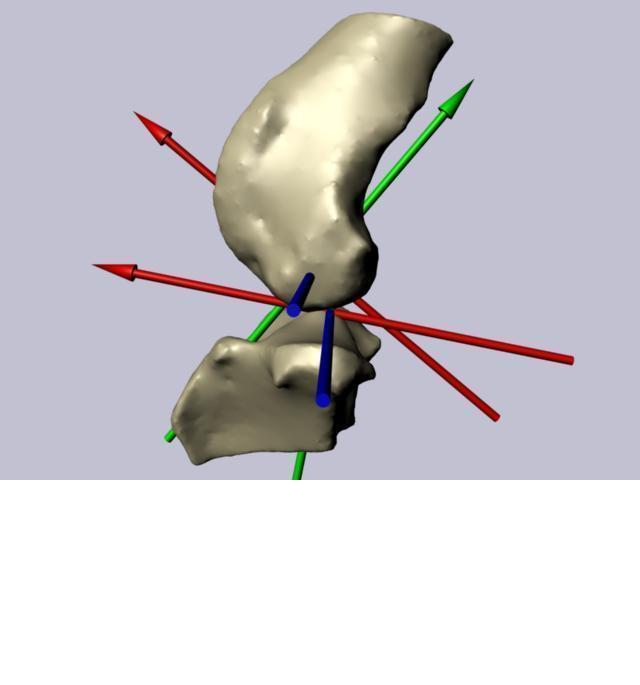Inhaltsbereich
Servicebereich
News
-
Fluoroscopic gait lab got operating license
Since August 2013 the bi-planar fluoroscopic gait lab at Leipzig Vet School got the operating licencse for non human application.
-
Chewing in horses
Dr. Vervuert from the Department of Animal Nutrition is looking at the kinematics of chewing in horses.


